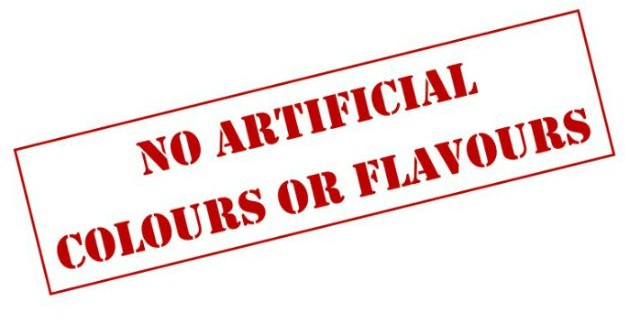Have you ever come across the term GIGO? It was commonly used in the early days of computer programming and essentially means that the quality of output is determined by the quality of input. Here is an example of GIGO for questionnaire content/design in sensory research…
A new client came to us with a problem. They had conducted sensory research on their new snack product and discovered that it needed improvement. The results, however, did not provide any clear direction on what needed to be changed to achieve a better result. Upon review of the questionnaire, the problem was clear. There were many questions about the products intended use and its appearance, however, questions about its aroma, taste and mouthfeel were limited. The product contained an outer chocolate layer, and the only question about chocolate was ‘How Much Do You Like The Chocolate’. There were no questions specific to the thickness of the chocolate layer, hardness of the chocolate on biting, the speed of the chocolate melting in the mouth, and the sweetness and bitterness of the chocolate. The sensory questions on the snack’s filling were also limited. Read more →



